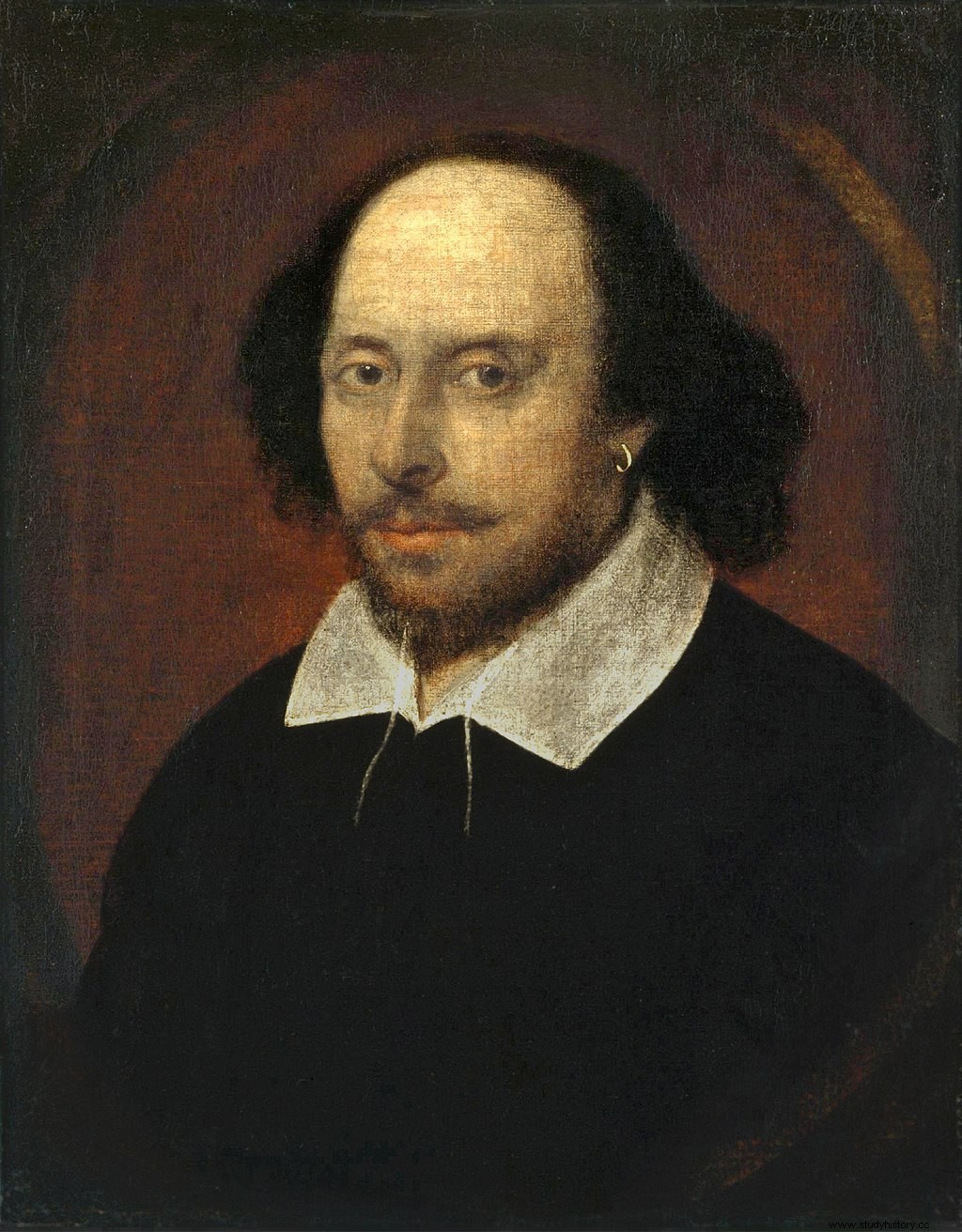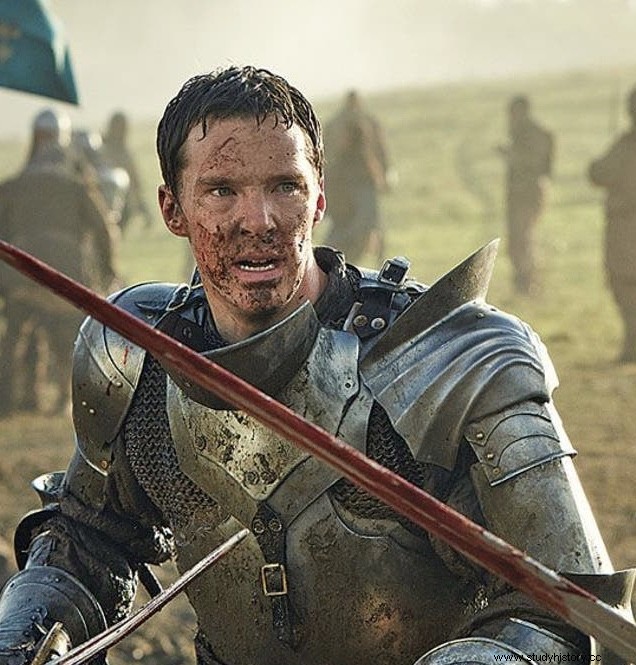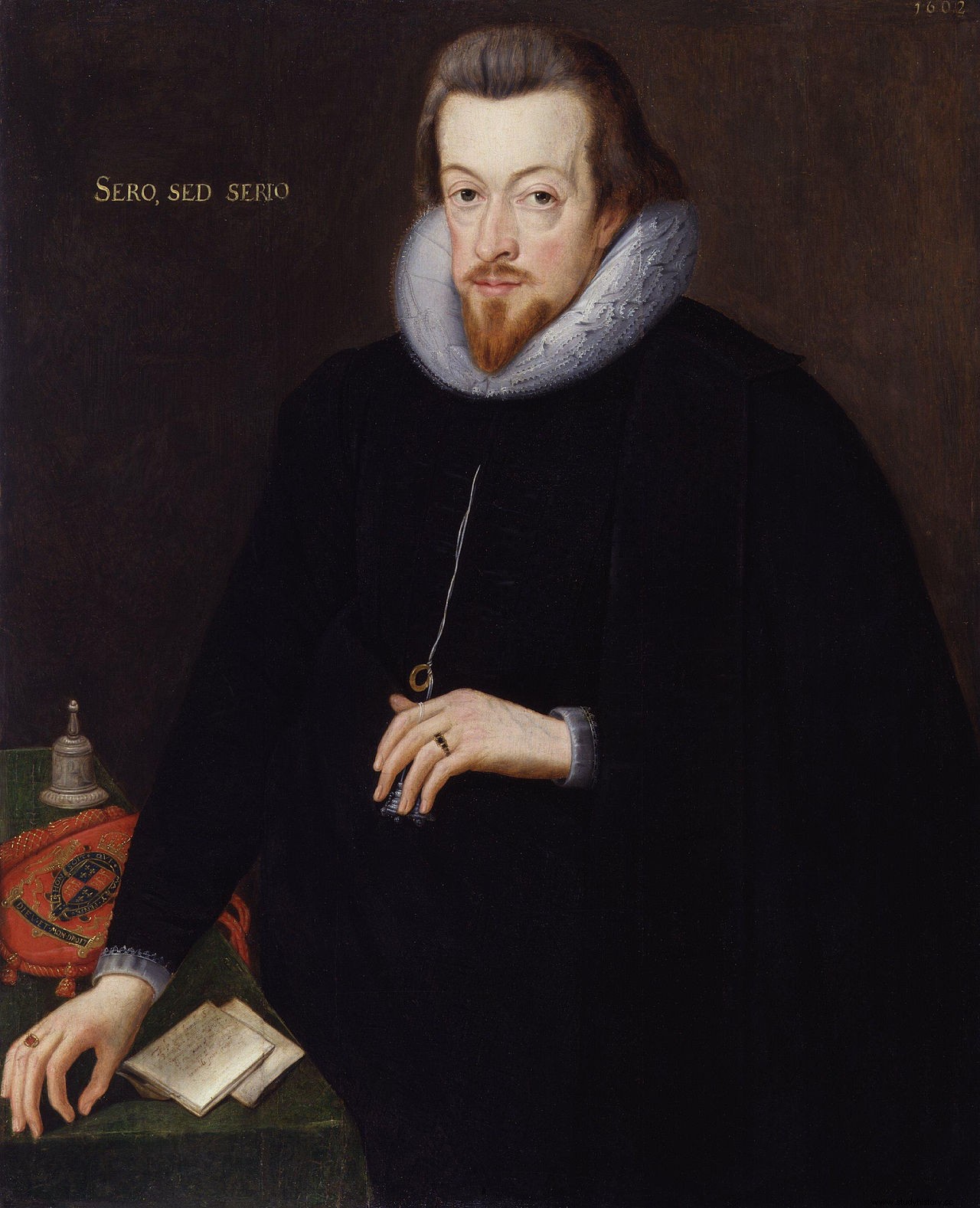In relation to Shakespeare's Richard III (the evil hunchback murderer of his brother, his nephews and King Henry VI) it is necessary to differentiate between the facts that do not correspond to historical reality (see the entry of the link) and a second aspect , the possibility that the Richard III that Shakespeare described was actually based on a contemporary character of the playwright.
You have to start from a base:Shakespeare wrote Henry VI and Richard III during the reign of Elizabeth I, the last queen of the Tudor dynasty, a time when more than a century of stories had accumulated about what happened during the reign of Richard III, where each narrative added more lurid details to the previous one and culminated in the works of Shakespeare. The fact that these stories were made during the reign of the Tudors does not imply the existence of a plot against the image of Richard III directed by the kings of the new dynasty. Matthew Lewis explains it like this:
"The Tudors who followed Richard III to the throne have been singled out as his enemies not only on the battlefield, but also in the fight for his reputation after the battle. This is an overly simplistic view. The writers who offered as unchanging truth what were their views, opinions, and memories in the years, decades, and centuries that followed the Battle of Bosworth undoubtedly created a controversy condemning Richard that reached its climax in the Battle of Bosworth. Shakespeare's masterpiece that bears his name without bearing the slightest relation to his story. The Tudors actually contributed little to the creation of this myth, other than sitting on the throne. The notion of a concerted attack led by the Tudors cannot be proven. Instead, the fiction and moralizing that is often disguised as history, a word that has evolved in meaning over the centuries to become what we recognize as such today, was simply a snowball that grew steadily. as it picked up speed. From John Rous, who rewrote his own version of history at the end of the Battle of Bosworth to create a new image of Richard III as an ambitious monster, the mold took shape. Polidoro Vergil relied on this version to present the rise to the throne of the Tudors as a blessing for a nation in need of a savior. Thomas More, the first famous architect of Richard III's evil reputation, probably didn't even write what we would call history today, but rather a classicist-style exercise in examining the nature of tyranny, caring little for the real facts and much more of the moral fable. Hall's Chronicle, compiled in the mid-16th century, made the story more lurid to outdo More. Shakespeare's play was simply the grand finale of a cacophony that had been a century in the making. Each new retelling of the tale added a stepping stone, a dramatic twist, or a new crime, whatever was necessary to appeal to an audience that already knew the previous version of the tale. It should not be forgotten that Shakespeare made a living selling tickets. It is worth remembering that the licenses contained in Shakespeare's works did not only affect Richard III. In the second part of Henry VI the last moments of Cardinal Beaufort's life are narrated. Shakespeare describes a man obsessed with his riches and that, seeing that they do not serve him to avoid death, he dies being miserable as if that were all that mattered to a man of the church who was going to meet God again ».

In Nathen Amin's words, "Clearly, the life of Richard III is not the only one with which the bard took creative license."
Even when Shakespeare claims to present a positive image of Richard III, the interpretation has been distorted to the opposite extreme. I am specifically referring to the famous phrase that Shakespeare's Richard utters at the Battle of Bosworth ("a horse, my kingdom for a horse"). Read this phrase in the context of the scene described by Shakespeare, it is clear that the king requests a horse to rejoin the battle and try to face the Tudor (he even says that he has killed five men who dressed as Henry thinking they were him) . However, over time the image has been consolidated that in that scene Ricardo asks for a horse to cowardly flee from the battlefield when he finds himself lost. Something that does not correspond to the bizarre attitude of the king in Bosworth.

One last question remains to be addressed. What if Shakespeare were hiding in his portrait of Richard III a criticism of a very important character of his own time? The play Richard III was written in the 1590s, probably around 1593. It was a sensitive time in England. Sixty years had passed since the Anglican schism caused by Henry VIII, but the religious question was far from having been definitively resolved.
Queen Elizabeth I was getting older and it was evident that she was not going to have an heir. The succession to the throne was a hot topic, although no one dared to raise it openly. And the question of who would be the successor was closely linked to the question of whether the new king would be Catholic or Anglican. The general opinion is that Shakespeare kept his fidelity to the Catholic religion secret throughout his life. He was closely associated with two of his main patrons, the Earls of Essex and Southampton, both known Catholics. Some think that his play Hamlet is an evening call to arms for English Catholics, suggesting that the playwright may have concealed some pro-Catholic message in other of his plays.
This brings us to the case of Richard III. The main physical characteristic of his character is that he was hunchbacked. Although the discovery of the remains of the last Plantagenet confirmed that he suffered from scoliosis, this is a detail that Ricardo tried to hide all his life from him and that was not so exaggerated as to qualify the character as a hunchback. However, in Shakespeare's time there was a very important public figure who was indeed a hunchback and with whom the spectators of the time could clearly identify a character who suffered from that defect as soon as the actor stepped on stage:Robert Cecil.
Robert was the son of William Cecil, the man who throughout Elizabeth I's reign had become her chief adviser. In 1590, Robert became Secretary of State. His father had raised him to replace him as advisor to the queen. Father and son were actively working at that time to ensure that King James VI of Scotland, of Protestant religion, succeeded Elizabeth I on his death.
In Richard III Shakespeare portrays a character who has disrupted the natural order of succession, murdering whoever stood in his way to the throne, whether it was his brother or his nephews, or even poisoning his own wife. . With it he got the crown for a short time, but his adventure ended in disaster, with his death at Bosworth and the end of his dynasty. In the opinion of Matthew Lewis, with his Richard III Shakespeare "he was warning that Robert Cecil would become the architect of the downfall of the Tudors".

Lewis also draws attention to the importance of the role of religion in the work. “Religion becomes a central issue, man's desire to do his will versus God's plan. Cecil's intention is to impose a Protestant successor in the face of a return to the "correct" religion, Catholicism. Robert Cecil is acting against God's will to get what he wants.
As Elizabeth I grew older without an heir, the issue of succession became more and more of a concern in England. The seizure of the throne by Richard III, unseating Edward V, had plunged the kingdom into serious political convulsions that had led to civil war and, in the Tudor story, to the need for a savior to correct the situation.
We follow Matthew Lewis again:“Shakespeare was warning Elizabeth I that she was running the risk of throwing the country into a period of darkness that would lead to violent restitution. Her obligation was to ensure a smooth transition and, by not doing so, it would be the country that would pay for it ».
Thus stated, the message that Shakespeare was launching with his work was a warning to the queen about the effects of an unresolved succession and allowing Robert Cecil to act according to his criteria and orchestrate the accession to the throne of a Scottish king. and Protestant.
Shakespeare and his patron wanted to see a Catholic monarch on the throne of England who would return the country to the true religion. In fact, the Earls of Essex and Southampton ended up rebelling and trying to capture the queen so that she would be forced to agree to her demands. Essex was executed and Southampton sentenced to death, which was remitted to life imprisonment.
Finally, what Robert Cecil wanted happened and the Protestant James ascended the English throne. If, in fact, Shakespeare's intention when writing Richard III was to portray Robert Cecil and try to launch a message in favor of the Catholic cause in England, the playwright was not aware of the damage that his work would cause to the image that Richard would project in England. the English public imagination for centuries.
However, it must be recognized that, just as without Mel Gibson very few people would probably have heard of William Wallace (despite the many historical licenses of his Braveheart), without William Shakespeare, whatever his licenses, we might not have paid much attention to a conflict over the throne of England in 1455 or the obscure character who sat on the English throne for just two years.
Image| Wikimedia Commons.
